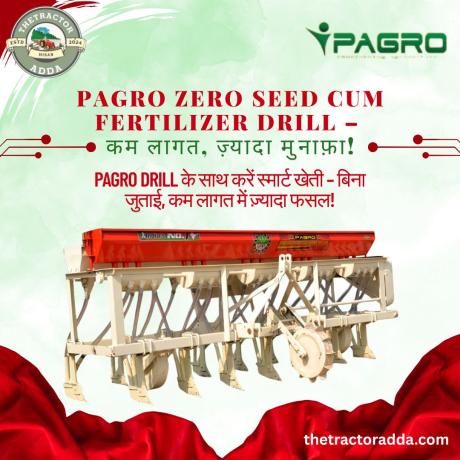Role of Cooperatives in Strengthening Indian Agriculture

Blog Description
Indian agriculture, the backbone of the country's economy, is highly dependent on small and marginal farmers who often struggle with low income, high input costs, and market inefficiencies. To overcome these challenges, agricultural cooperatives play a vital role in supporting farmers by providing financial aid, better market access, and collective bargaining power.
Let’s explore how cooperatives are transforming Indian agriculture and strengthening the rural economy.
1. What are Agricultural Cooperatives?
An agricultural cooperative is a farmer-led organization where members pool resources to improve production, reduce costs, and increase market access. Cooperatives operate in various sectors like dairy, seeds, fertilizers, credit, marketing, and storage.
???? Types of Cooperatives in Indian Agriculture:
✅ Farmer Producer Organizations (FPOs) – Groups of farmers collectively engaged in production and marketing.
✅ Dairy Cooperatives – Example: Amul, which revolutionized India’s dairy industry.
✅ Marketing Cooperatives – Help farmers sell their produce at fair prices.
✅ Credit Cooperatives – Provide financial aid with lower interest rates.
2. Benefits of Cooperatives for Indian Farmers
✅ Better Market Access & Fair Prices
- Farmers get higher prices by eliminating middlemen.
- Cooperatives enable bulk selling, attracting large buyers.
✅ Lower Input Costs & Collective Bargaining
- Members buy seeds, fertilizers, and equipment at discounted prices.
- Bulk purchasing power reduces farming costs.
✅ Access to Credit & Financial Support
- Cooperatives provide low-interest loans and financial assistance.
- NABARD & Government Schemes support cooperative lending.
✅ Improved Storage & Supply Chain Management
- Cooperatives manage cold storage & warehouses, reducing post-harvest losses.
- Example: Nafed (National Agricultural Cooperative Marketing Federation of India) supports farmers with storage and distribution.
✅ Technology & Skill Development
- Farmers receive training on modern farming techniques and digital tools.
- Adoption of precision farming, AI, and IoT-based solutions.
✅ Risk Sharing & Crop Insurance Benefits
- Cooperatives help in risk management by providing crop insurance and financial support during natural disasters.
3. Successful Agricultural Cooperatives in India
???? 1. AMUL (Anand Milk Union Limited)
- India’s largest dairy cooperative, empowering millions of dairy farmers.
- Transformed India into the largest producer of milk (White Revolution).
???? 2. IFFCO (Indian Farmers Fertilizer Cooperative Limited)
- World’s largest cooperative in the fertilizer sector.
- Supplies affordable fertilizers to millions of farmers.
???? 3. NAFED (National Agricultural Cooperative Marketing Federation of India)
- Ensures fair prices for farmers by procuring and selling their produce.
- Supports storage, warehousing, and exports.
???? 4. MAHAGRAPES (Maharashtra Grape Growers Cooperative)
- Helps grape farmers export globally and earn higher profits.
4. Government Support & Policies for Cooperatives
The Indian government actively promotes farmer cooperatives through schemes and financial aid:
???? PM-Kisan Yojana – Direct financial assistance to small farmers.
???? NABARD Credit Schemes – Loans & subsidies for cooperative farming.
???? Formation of 10,000 Farmer Producer Organizations (FPOs) by 2027.
???? Cooperative Societies Act – Legal framework for cooperative growth.
5. Challenges Faced by Cooperatives
Despite their benefits, agricultural cooperatives in India face some hurdles:
❌ Lack of Awareness – Many farmers are unaware of cooperative benefits.
❌ Poor Management & Corruption – Some cooperatives suffer from mismanagement.
❌ Limited Access to Modern Technology – Many cooperatives still rely on traditional farming methods.
❌ Marketing & Branding Issues – Small cooperatives struggle to compete with corporate agribusinesses.
✅ Solution: Digitalization, training, and strong policy support can improve the effectiveness of agricultural cooperatives.



